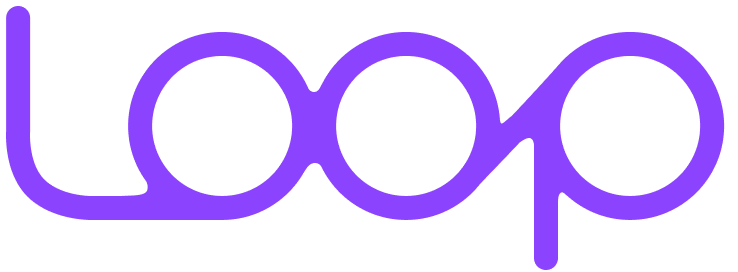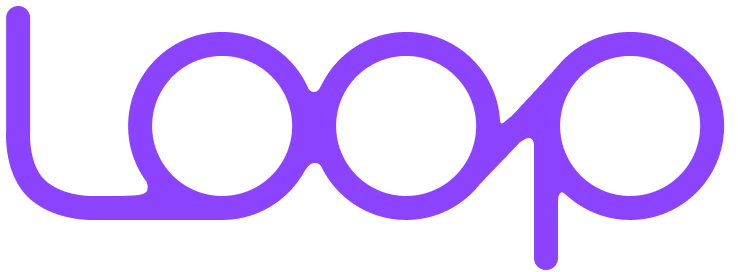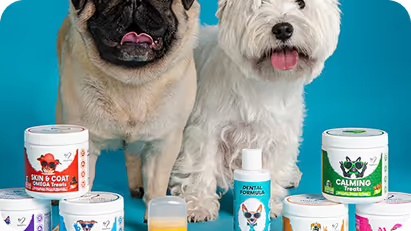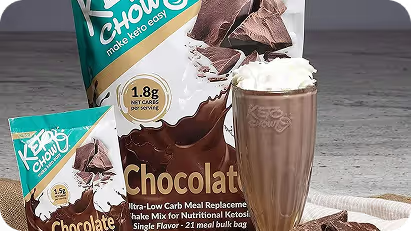How to Reduce DTC Subscription Churn with Upcoming Order Emails
The data on subscription churn
The data on subscription churn is critical to highlight, as subscription churn and retention performance vary significantly from brand to brand. It is important not to take this information as gospel.
Subscription Churn Data Trends
We have extracted some subscription churn data from a handful of DTC brands to learn from their trends
Churn reasons
There are a myriad of reasons why people might cancel their subscriptions:
- They no longer find value in the product.
- There are no options to change or edit their subscription.
- The price is too high or unaffordable.
- They haven't used the product enough to justify keeping their subscription active, etc.
60% of cancellations are tied to the taste of the product

Observations:
- 60% of canceled subscribers disliked the product's taste, suggesting a need to offer flavor options in 'order upcoming' emails to improve retention beyond a single subscription charge.
Our suggestion is to delve deeply into your own data to formulate your observations and strategies to prevent subscription churn.
Subscription retention performance
The golden highway for any DTC brand is to have a high subscription retention rate. We've looked into the numbers for one of our DTC client partners.
22% drop-off rate between the first and second orders placed on subscription

Observations:
- 22% drop-off from first to second subscription order.
- 45% reach their 3rd order.
- Only 2.9% retention by the 6th order.
- Unusual 12% increase in active subscribers between the 3rd and 4th orders.
What is the role and benefit of an order upcoming email then, you might ask?
There are a few benefits to sending well-crafted "order upcoming" emails, but be warned that they are not the be-all and end-all solution to increasing subscription retention rates.
- Enhances customer engagement and retention.
- Ensures a predictable revenue stream.
- Reduces churn by allowing subscription adjustments.
- Improves inventory and logistics planning.
- Creates upsell and cross-sell opportunities.
- Facilitates a feedback loop for product and service improvement.
- Builds brand loyalty through regular, personalized communication.
How to craft highly impactful order upcoming emails
For Upcoming Order Emails, it's essential to strike the right balance between providing all necessary information and keeping the email concise and engaging.
Here's a list of content elements to include:
| Personalized Greeting |
|
| Introduction/Reminder: |
|
| Order Details: |
|
| Order Customization Options: |
|
| Delivery Information: |
|
| Cancellation Policy: |
|
| Customer Support Contact: |
|
| Incentives for Continuation: |
|
| Feedback Request: |
|
| Social Proof: |
|
| Social Media Links: |
|
| Closing Note: |
|
Ensure that the email is visually appealing and easy to navigate. Use headings, bullet points, and images to break up text and highlight key information.
The goal is to make the upcoming order exciting and to offer the customer full control over their subscription preferences.
Examples of upcoming order emails
Now, let us look at a few successful examples of upcoming order emails that we’ve implemented for our customers.
Example #1
First up, we’ve got a series of four emails that nudge customers towards a $20 off on their fifth subscription order. It’s a method called ‘milestone achievement’ that is often used with DTC subscription brands to encourage subscribers to stay subscribed until they’ve received a certain milestone.
The table below shows the first of these two emails, which features:
- Clear and concise copy with their name to personalize it.
- A hero message that tells them how close they’re to getting a $20 off on their purchase.
- Different hero images to distinguish between them
- The first email says they’re “3 boxes away” while the second email which is triggered when the recipient makes a purchase says they’re “2 boxes away”. Similarly, the third email says they’re “1 box away”

Now, here isthe final email in this sequence when the customer has reached their 5th order. The copy assures them that they needn’t do anything to avail the discount.
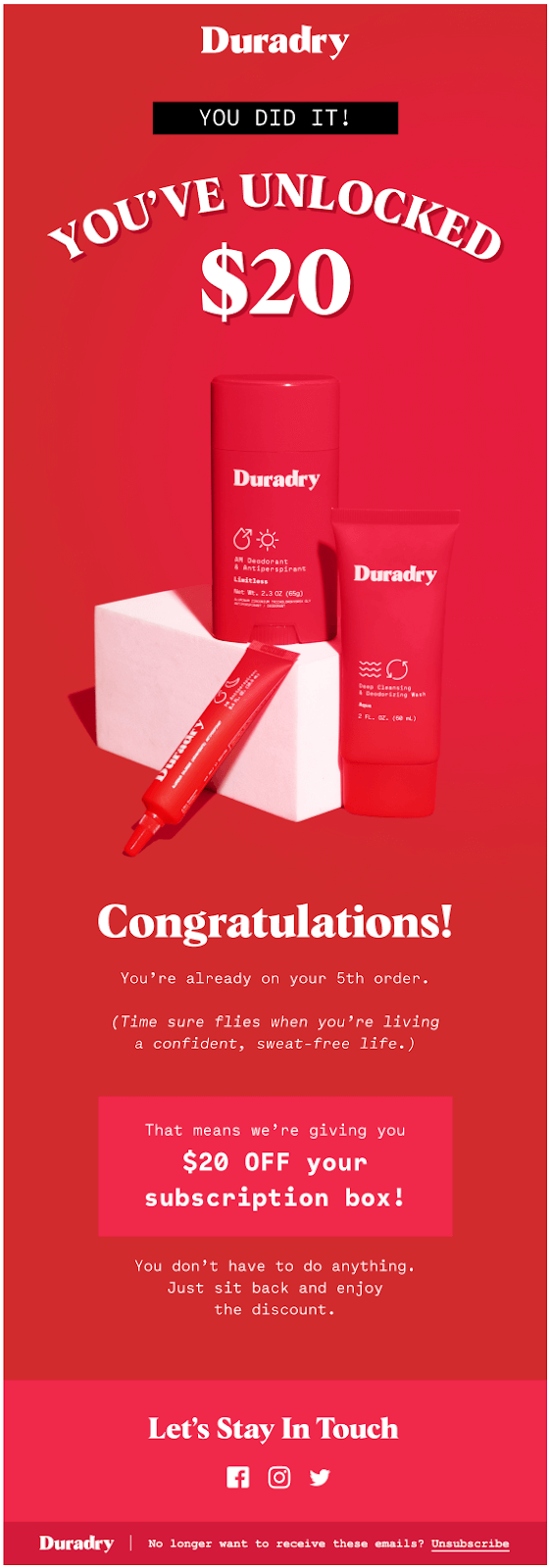
Example #2
The next upcoming order email example is rather simple. It features:
- A clear hero message that announces the upcoming order
- What (product picture) to expect and when to expect it (date of arrival)
- A sample of other products to try as a soft upsell approach
- An option that allows the subscriber to manage their subscription (pause, cancel, switch products, delay delivery, change delivery address, etc.)

Example #3
In the third example, you’ll notice:
- A series of products that the customer will receive at her doorstep
- Options to review and change/delay their orders (in other words, more flexibility in the hands of the customer)
- A short message about a small increase in fee to cover their shipping/delivery costs.

The above email can even be A/B tested with a text-only version that captures only the main elements such as order change options and their appeal.

When to schedule the upcoming order emails
The best time to schedule Upcoming Order Emails largely depends on your specific audience and their habits, but there are general guidelines you can follow to maximize their effectiveness.
The goal is to send these emails at a time when customers are most likely to read them and take any necessary actions, such as modifying their order or confirming details.
Here's what to consider:
| Customer Schedule Insight |
|
| Order Cycle Timing |
|
| Iterate with Data |
|
| Compliance Awareness |
|
Understanding your audience, aligning emails with the order cycle, segmenting based on behavior and location, and constantly refining your approach based on data will help you nail the perfect timing for Upcoming Order Emails.
Concluding thoughts
In conclusion, reducing DTC subscription churn through Upcoming Order Emails requires a blend of personalization, engagement, and strategic timing.
By focusing on customer-centric communications, businesses can enhance retention and loyalty.
Key strategies include:
- Tailoring emails to individual preferences.
- Keeping content clear, concise, and engaging.
- Optimizing send times based on customer behavior and location.
- Soliciting feedback for continuous improvement.
Effectively applying these principles can transform subscription churn into an opportunity for strengthening customer relationships and driving growth.
Related articles
Table of contents























.png)







.png)


